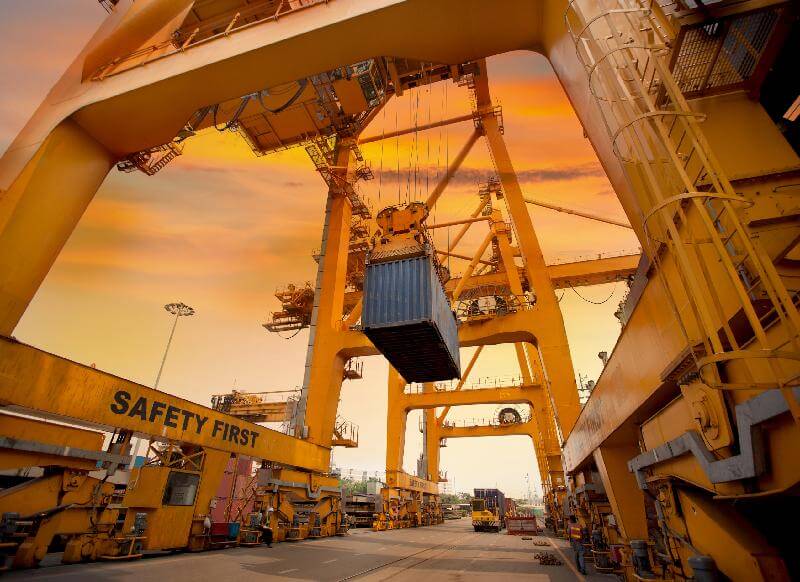Trade Finance Global caught up with Charles Nahum at Finacity, looking at the state of the trade receivables securitisation markets in 2019.
Alternative Funding
The most striking recent change in the receivables securitisation market is the entry of non-bank funding sources, specifically large fund managers, offering financing at competitive rates. They achieve this through leverage by selling the senior notes on to banks and insurers, while retaining the junior, more risky and higher yield portion. These fund managers, keen to develop direct corporate relationships, are able to operate quickly without the constraints of capital requirement legislation, stringent KYC procedures, and the bureaucracy of bank compliance and credit approval.
Off-Balance Sheet
Off-balance sheet treatment has become a client requirement, increasingly. In response, Finacity offers a cost efficient solution, supported by the leading global audit firms, in which we purchase directly an asset tranche representing the variability of loss. This approach improves the level of liquidity and reduces cost, when compared to the more traditional off-balance sheet methods of applying credit insurance and/or the sale of the most junior tranche.
Cost of Funds
Receivables securitisation funding costs have been steady, close to the low levels experienced before the Great Recession. This levelling in low pricing is aligned with that of funding alternatives, including unsecured debt, primarily driven by the abundance of liquidity and relative market stability.
However, we anticipate that a possible surge in the insolvency of weaker companies and its snowball effect, may create some distress in unsecured credit markets. This, together with the additional costs on banks to enforce recent more stringent capital requirement and reporting regulations, may again widen the pricing gap between unsecured debt and that of receivables securitisations.
Technology
We continue to see opportunities to fund increasingly complex transactions with technology facilitating the process. At Finacity, the combination of our advanced systems and newly developed analysis and reporting tools, allows us to implement transactions that otherwise would not be possible. Technology will continue to play a key role in receivables securitisation. Cross-functional and integrated developments, like ‘Blockchain’, may change radically how we securitise receivables in the future, but we have yet to see this effectively evolve and materialise.

Business Sectors
Two business sectors warrant a mention; commodities trading and container shipping.
With the growth in scale of the leading global commodity trading companies, we are seeing an increasing number of them turning to receivables securitisation as a basis for fulfilling their working capital needs. Their scale and more solid equity base is allowing these players to replace their traditional modus operandi, of systematically discounting letters of credit, by a credit insurance and receivables securitisation model, providing increased liquidity and reduced pricing.
In recent years, the leading container shipping companies have learnt the strategic value in successfully implementing freight receivables securitisations. The global enforceability of maritime law, ability to fund against unbilled receivables, granularity of the receivables portfolio and liquidity demands of a capital intensive cyclical business has seen this type of financing continue to grow in the sector.
TFG Education: What is Receivables Securitization?
Geographic Landscape
The abundance of inexpensive liquidity available in the financially developed markets, including North America and Western Europe, has made the pains of embarking on a receivables securitisation less appealing to companies with a stronger credit. In these markets, the key drivers for securitisation are proving to be the opportunity for efficient off-balance sheet treatment and, for weaker companies, a way of obtaining committed funding. However, opportunities appear rife in geographic pockets around the globe, such as Latin America, Mexico in particular, Southern Europe and parts of Asia. Also, while we are not yet seeing the deals, we anticipate opportunities among the leading commodity players operating in Sub-Saharan Africa.






















